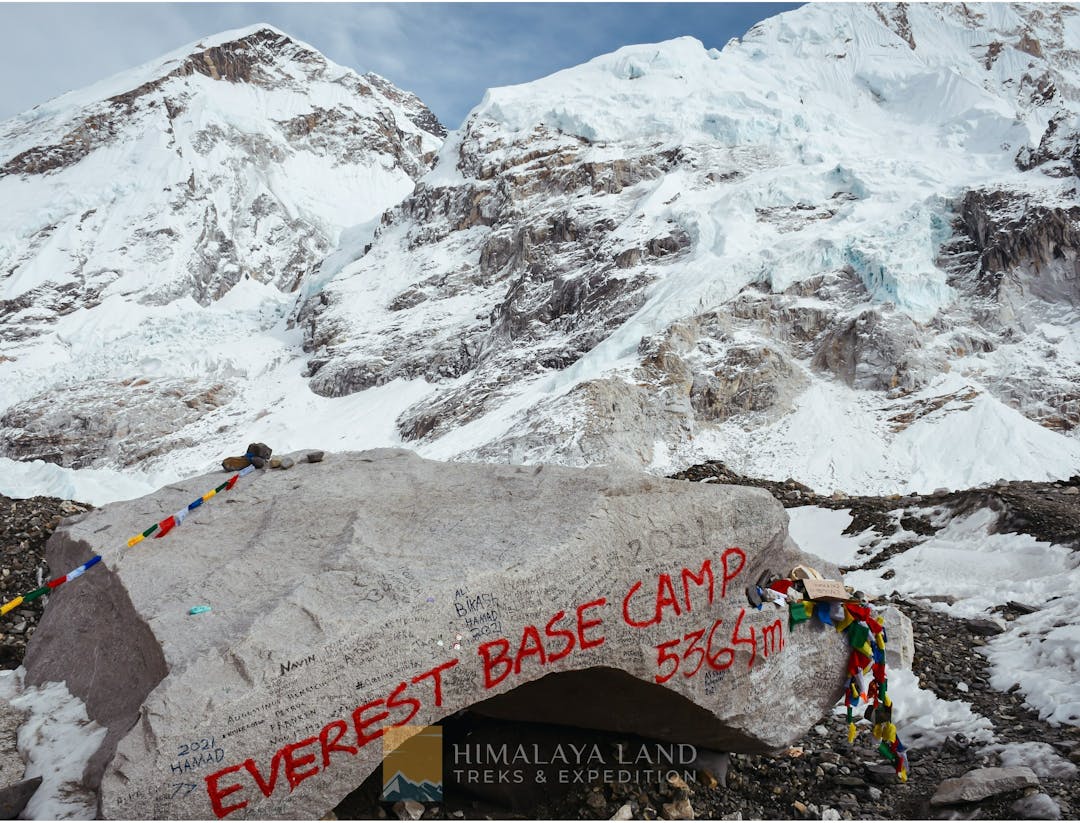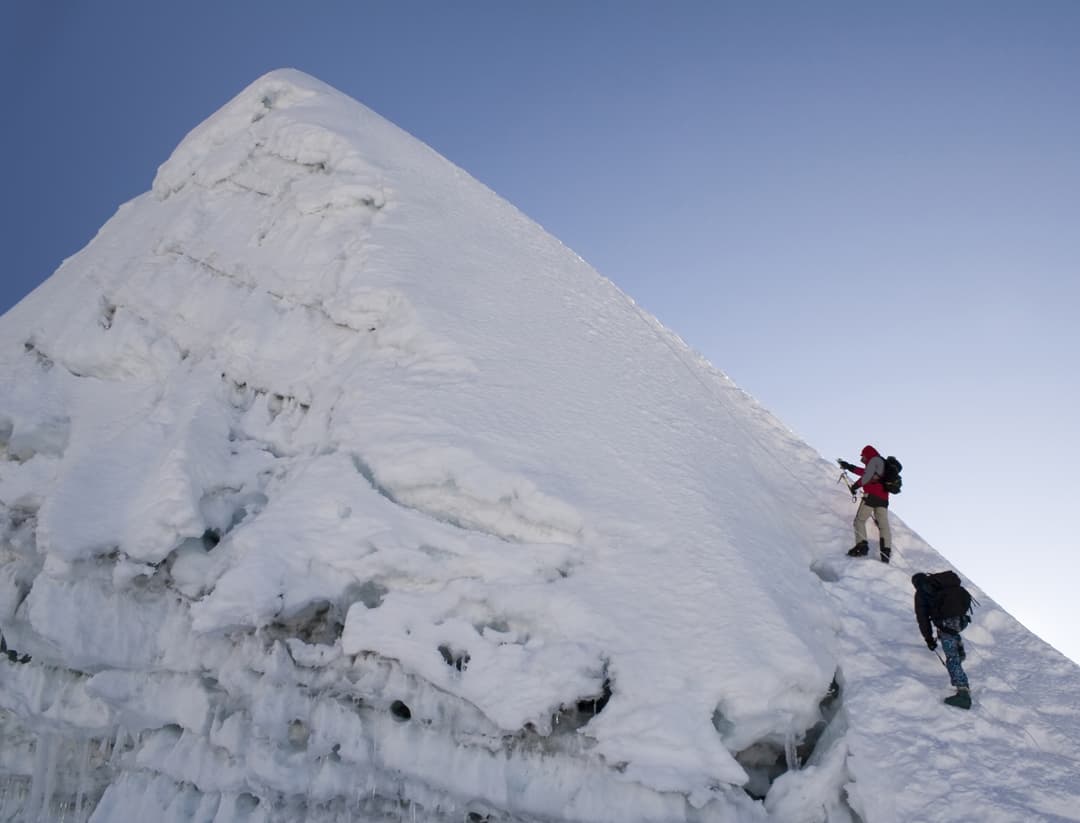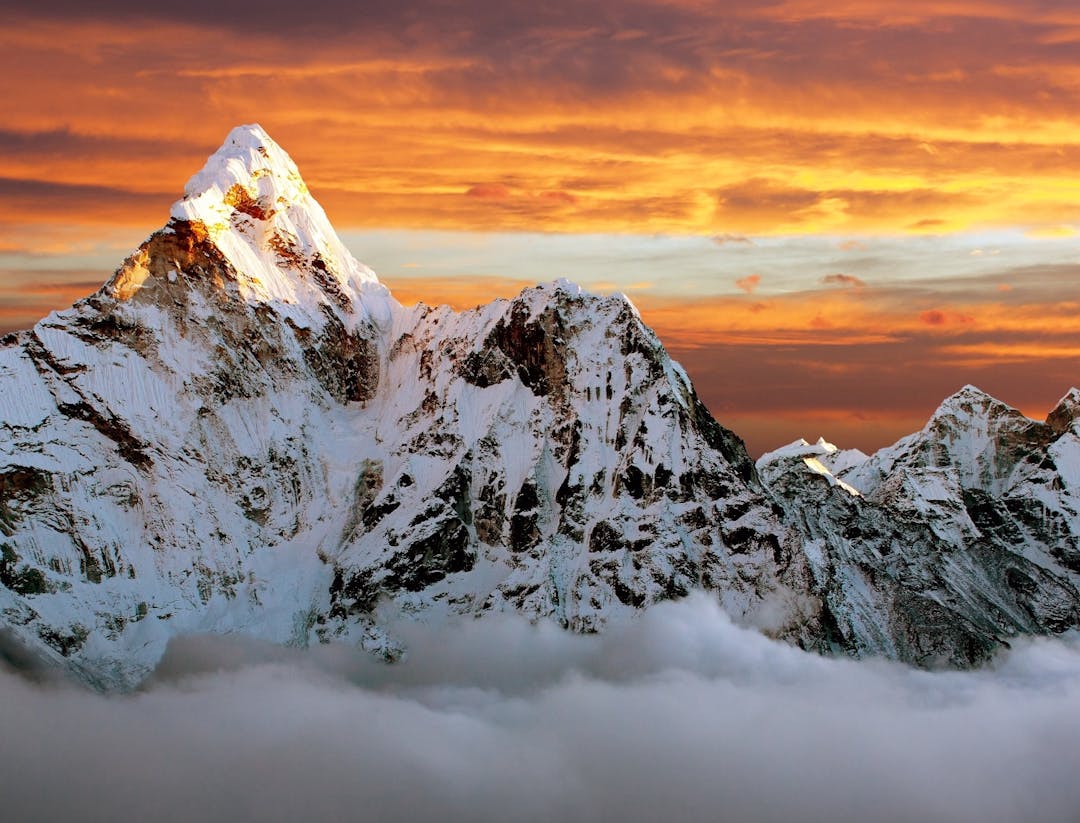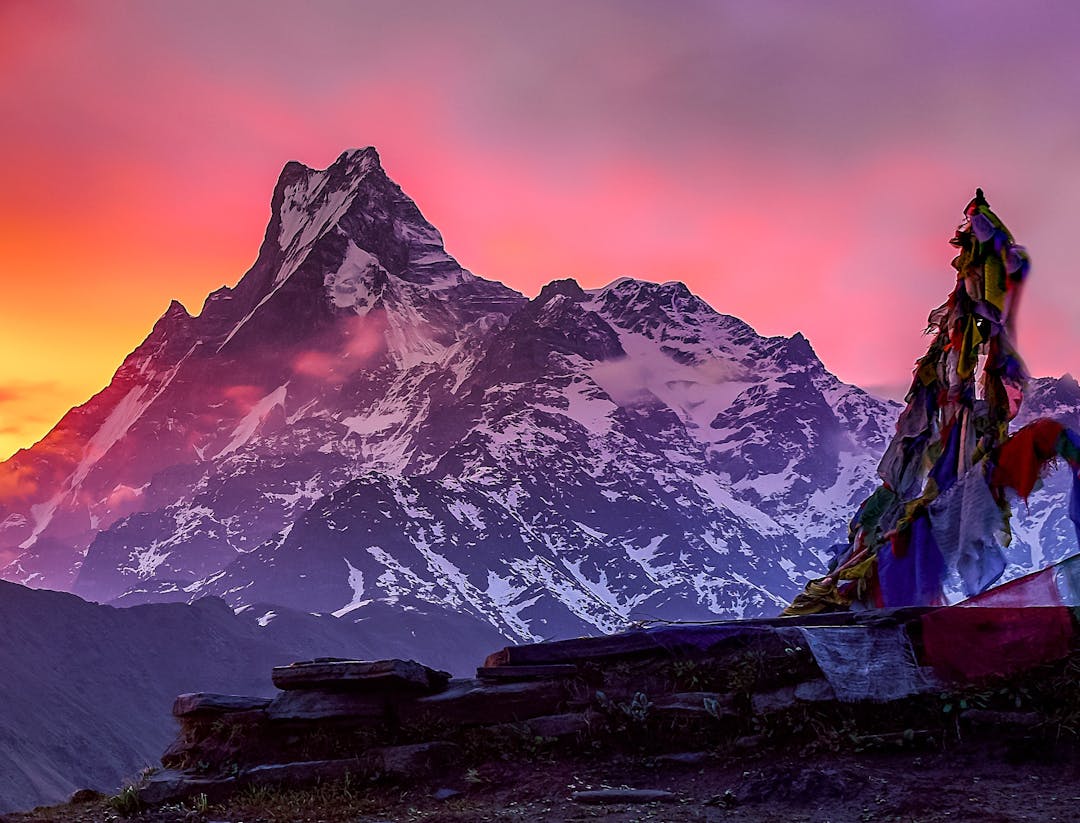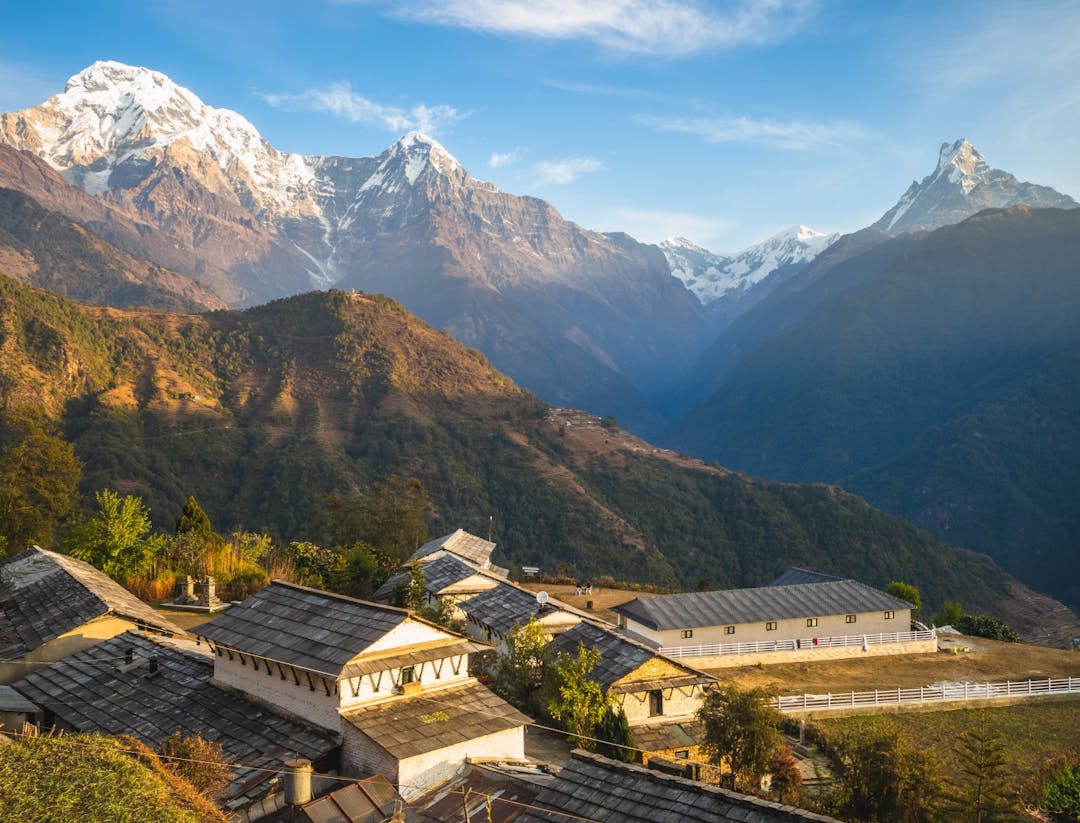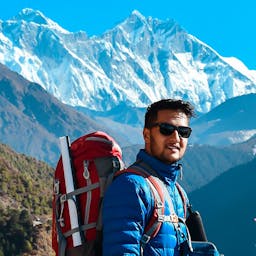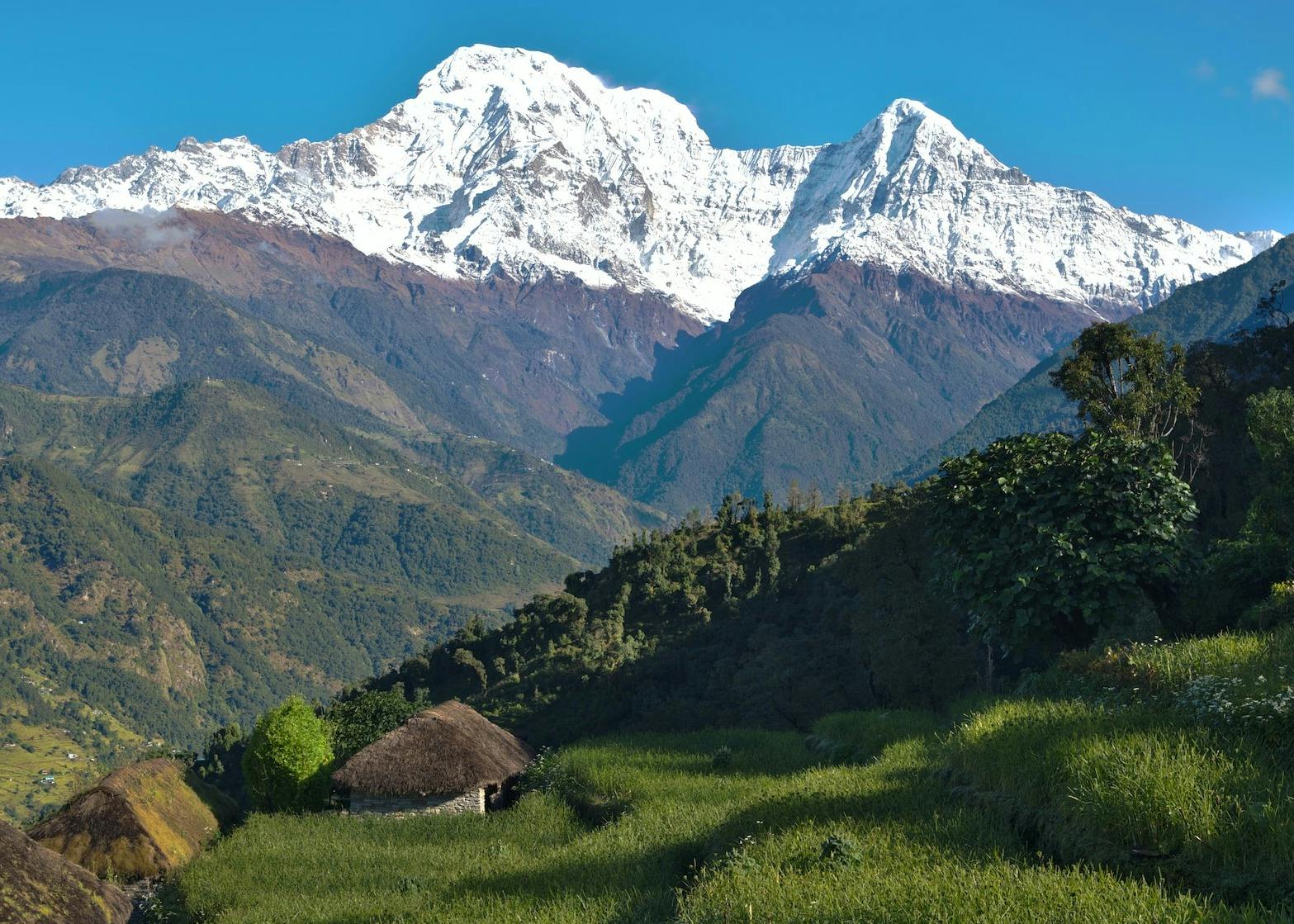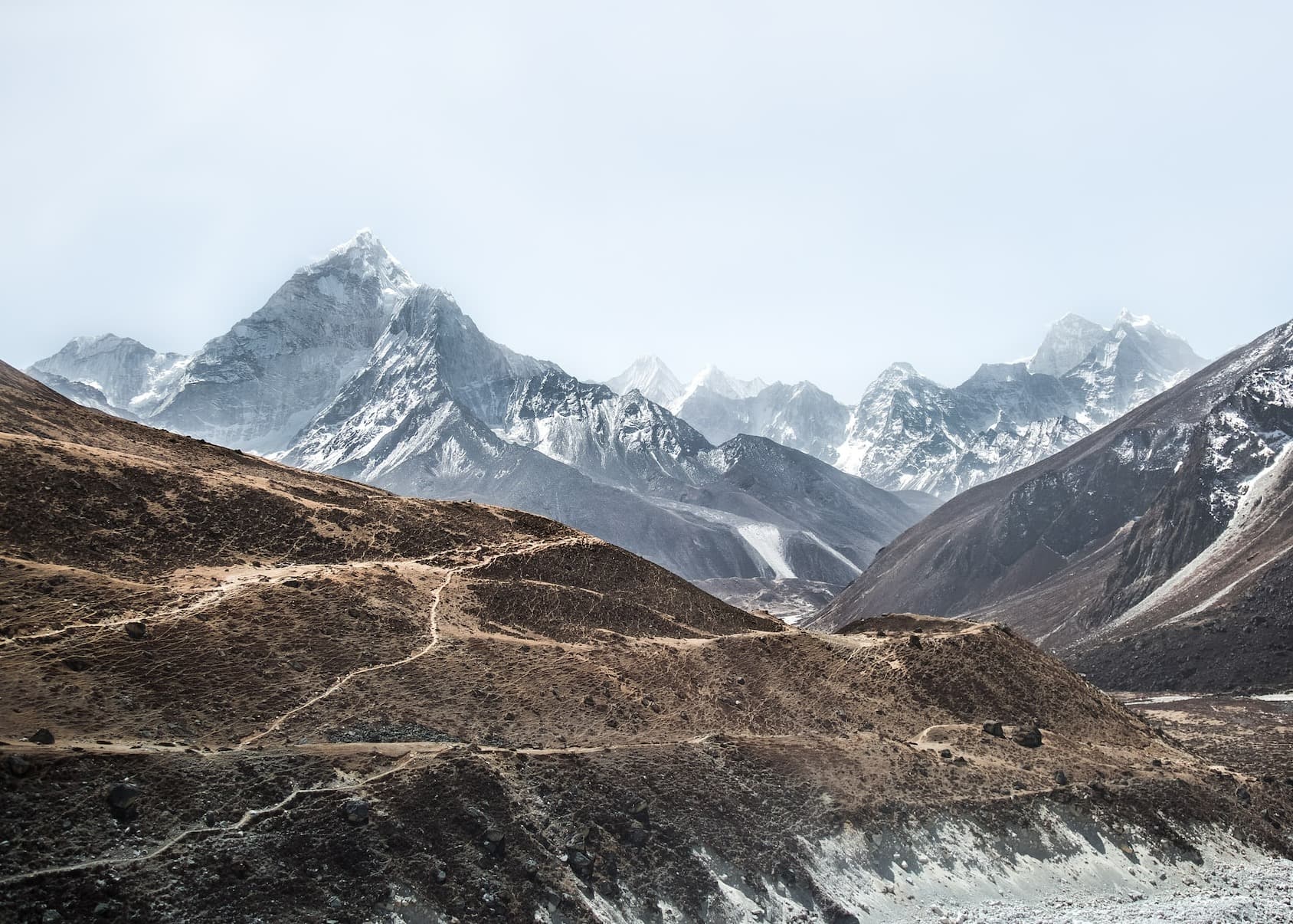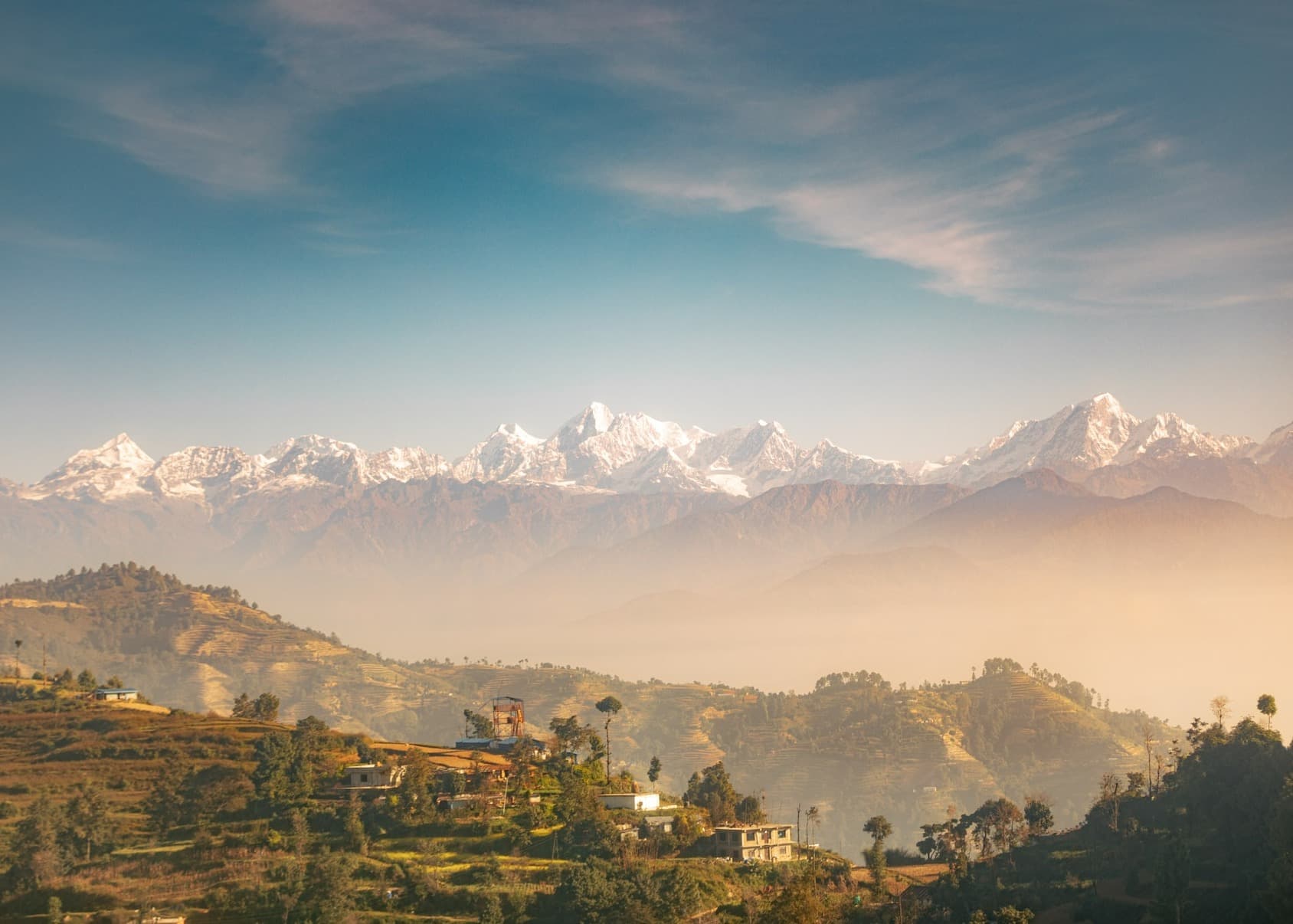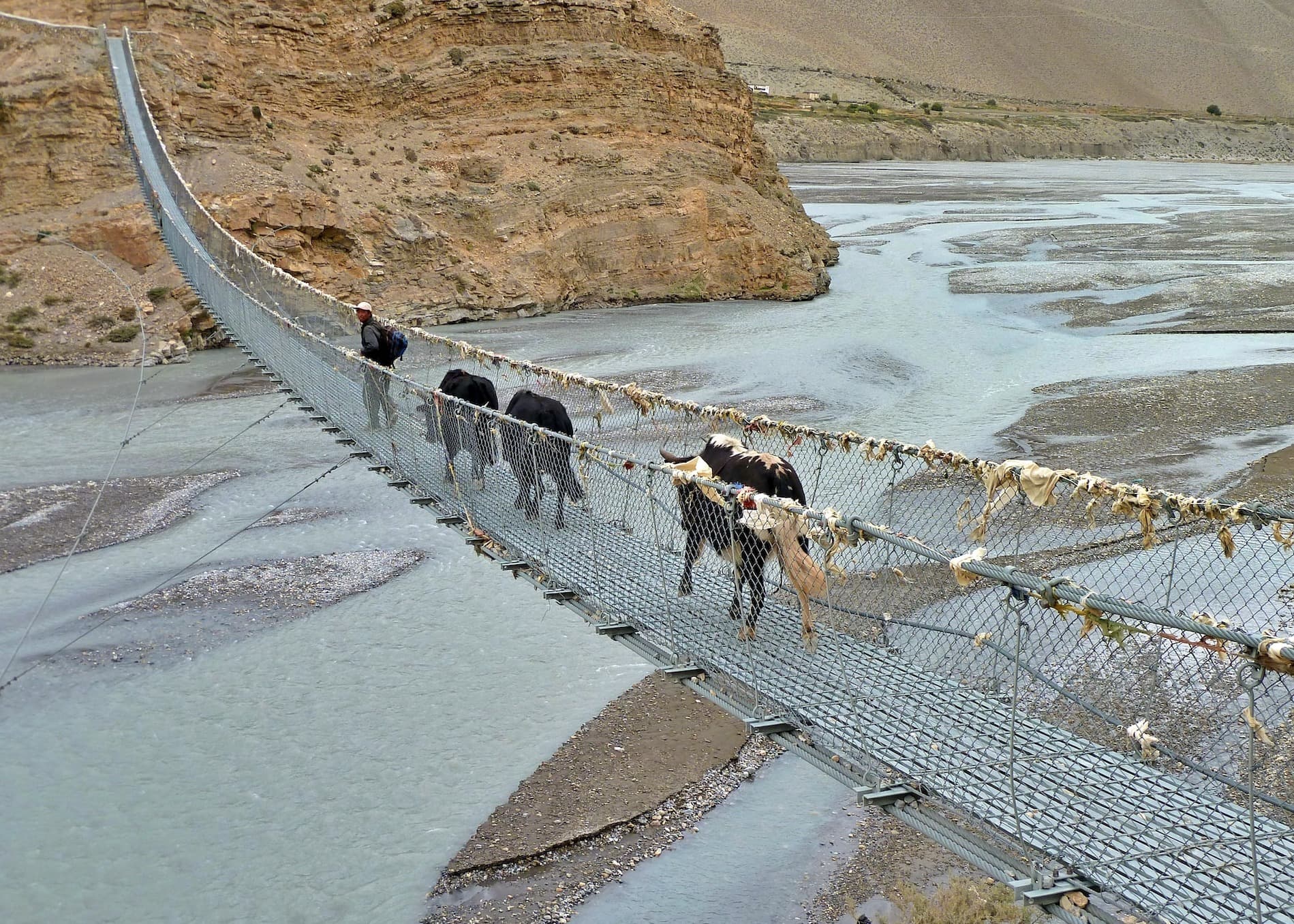Nestled in the breathtaking Khumbu region of Nepal, Lobuche East Peak stands as a formidable challenge for adventurous mountaineers. With its towering elevation of 6,119 meters (20,075 feet), Lobuche East offers a thrilling climbing experience in the vicinity of the world-renowned Everest Base Camp.
In this comprehensive guide, we will delve deeper into the struggles of climbing Lobuche East Peak, including its difficulty level, preparation, route options, safety considerations, and the unique allure it holds for climbers from around the world.
What is the success rate of Lobuche East Peak climbing?
The success rate of climbing Lobuche East Peak can vary depending on several factors, including the climbers' experience, physical fitness, weather conditions, and the level of support and guidance provided by the climbing team or expedition company.
While it is challenging to provide an exact success rate, it is generally considered to be higher compared to more technically demanding peaks in the region, such as Ama Dablam or Everest.
With proper acclimatization, adequate preparation, and experienced guides, the success rate for Lobuche East Peak climbing can range from 70% to 90% for organized expeditions. However, it's important to note that individual success rates may vary.
How Hard is Lobuche East Peak Climbing?
Climbing Lobuche East Peak requires a moderate to high level of mountaineering skills and physical fitness. The peak is graded as PD+ (peu difficile) on the Alpine climbing scale, indicating a moderately difficult ascent. It involves technical sections, including steep slopes, icy terrain, and sections of mixed climbing.
Prior experience in using mountaineering equipment like crampons, ice axe, and ropes is essential. Furthermore, acclimatization to the high altitude is crucial to overcome challenges like altitude sickness.
Lobuche East Peak Climbing Cost
We provide an exceptional experience for solo climbers for US$2670. We offer a discounted rate of US$ 2450 per person if you want to go on this exciting adventure with a friend or a small group of 2 to 4 people.
We provide a special rate of US$ 2350 per person for a slightly larger group of 5 to 8 climbers. We offer an unbeatable price of US$ 2250 per person for those seeking an unforgettable climbing experience with a larger group of 9 to 15 people.
Lobuche East Peak Climbing Permit
To climb Lobuche East Peak, you need to obtain certain permits and meet specific requirements. Here's an overview of the permits, costs, and requirements for Lobuche East Peak climbing:
Nepal Mountaineering Association Permit Fee
- Spring Season (March to May): The most favorable time for climbing Lobuche East Peak due to stable weather conditions. The cost of climbing during this peak season is USD 250 per person.
- Autumn Season (September to November): Another ideal time with stable weather conditions and clear views. The cost of climbing Lobuche East Peak during the autumn season is USD 125 per person.
- Winter Season (December to February) and Summer Season (June to August): These are considered off-seasons for climbing in Nepal. The cost of climbing Lobuche East Peak is lower during these seasons, with a fee of USD 70 per person.
It's important to note that these costs are subject to change, so it's recommended to check with the Nepal Mountaineering Association (NMA) or authorized trekking agencies for the most up-to-date information on permit fees for climbing Lobuche East Peak in each season.
Sagarmatha National Park Entry Permit
It is significant to note that the permit costs vary trekkers from Nepal must pay Rs. 100 per person, those from SAARC must pay Rs. 1500 per person, and those from foreign nations must pay Rs. 3000 per person.
Local Area Permit
Climbers will need to obtain a local area permit upon arrival in Lukla. This permit allows entry into the grounds of different municipalities, including the Pasang Lhamu Rural Municipality, where Lobuche East Peak is located.
The approximate cost of the Pasang Lhamu Rural Municipality's Local Area Permit is NRs. 2000, which is approximately $20.
Traveling with a trekking agency is a common and convenient way to organize your Lobuche East Peak climb, as they can handle the permit procedures on your behalf, ensuring a smooth and hassle-free experience.
Trekkers' Information Management System (TIMS Card)
The Trekkers' Information Management System (TIMS) card is a permit required for all trekkers in Nepal. It is used to ensure the safety and security of trekkers and to collect data for trekking statistics.
The approximate cost of the TIMS Card is NRs. 2000, which is approximately $20.
Best Time for Lobuche East Peak
The best time to climb Lobuche East Peak is during the spring (March-May) and autumn (September-November) seasons. These seasons provide stable weather conditions and clear skies, making for a more enjoyable and safer climbing experience. Avoid climbing during the monsoon season (June-August) as the weather can be unpredictable and dangerous.
Can Beginners Climb Lobuche East Peak
Lobuche East Peak can be climbed by beginners, but it's important to understand that climbing a portion of the peak will be more difficult. It requires negotiating glaciers, challenging snow slopes, and exposed areas. Climbers should be familiar with the fundamentals of mountaineering and have no trouble using tools like crampons, ice axes, and ropes.
Although Lobuche East Peak is thought to be a more manageable peak in terms of technical difficulty, it still calls for basic mountaineering abilities as well as physical fitness and endurance.
It's critical to go into the climb with the right frame of mind, understanding that while Lobuche East Peak is regarded as being suitable for beginners, it still necessitates effort, tenacity, and devotion to safety procedures. A successful and enjoyable climb up Lobuche East Peak will be much more likely with the right planning, arranging, and direction.
Lobuche East Peak Climbing Route
- Southeast Ridge: The Southeast Ridge is the most used and popular route for climbing Lobuche East Peak. It starts from Lobuche Base Camp, which can be reached after a trek from Lukla through the Everest Base Camp trail. The route involves ascending steep snow and ice slopes, requiring the use of crampons, ice axes, and rope techniques. The climb offers stunning panoramic views of the surrounding Himalayan peaks, including Everest and Ama Dablam.
- North Ridge: The North Ridge is a more technical and challenging route, suitable for experienced climbers looking for a more demanding ascent. It involves rock climbing and traversing exposed ridge sections. The route starts from Chhukung and follows a path that joins the Southeast Ridge near the summit. Climbers must have solid rock-climbing skills, as well as experience with mixed terrain and roped techniques.
- West Ridge: The West Ridge is a less frequented route but offers an alternative and adventurous approach to the summit of Lobuche East Peak. It starts from the Kongma La Pass and follows a steep ridge, combining sections of rock and snow climbing. The route offers unique views of the Khumbu Glacier and the surrounding peaks. Climbers attempting the West Ridge should have previous mountaineering experience and be comfortable with exposed and technical terrain.
- Combined Lobuche Peaks: Some climbers opt to combine the ascent of Lobuche East Peak with Lobuche West Peak (6,145 meters). Lobuche West is slightly higher than Lobuche East and requires additional technical skills, including glacier travel and more challenging rock sections. Climbing both peaks in a single expedition offers a more comprehensive and fulfilling mountaineering experience.
How long is Lobuche East Peak Climbing?
Lobuche East Peak Climbing will last for 19 days including the acclimatization and hiking along with the trekking to Everest base camp in the way.


